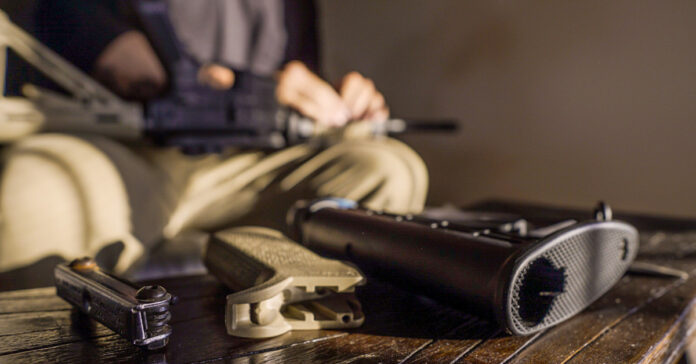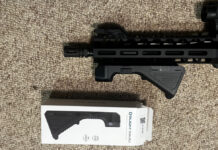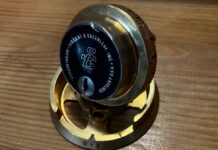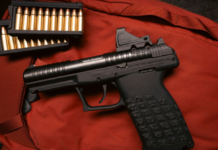The time just changed, so besides checking the batteries in your smoke detectors, I recommend you check your guns. If you hide any weapons in your house, this is the perfect time to make sure you know where they all are and to confirm they are still secure. (If you have buried one or more, no need to dig them up.)
For my carry guns, I like to take them to my range and fire my carry ammo. If you can’t do that, then unload the gun and do some dry firing after double checking that the gun is unloaded and adhering to the firearm safety rules.
If your gun has a safety, put it on safe and try to dry fire it. You should not be able to dry fire with the safety on. If it does, you may need the services of a good gunsmith.
After dry firing, I like to disassemble the gun and give it a thorough cleaning. Even if it has just been sitting on a shelf, it’s probably worth wiping it down. Besides, when you disassemble your weapon, you can check for broken springs, bent pins, rust, or other potential problems. After you clean it, lube and reassemble. Then go through the dry firing test again and also test the functioning of your safeties.
You should run your safe queens through the same inspection, cleaning and lube, even if you haven’t shot it in years. It will help your weapon keep its value and you will know it still functions.
Don’t Neglect Your Holster
If you frequently carry a gun, your holster might also need some maintenance. This is your chance to look for signs of wear, make sure the retention strap or system is still tight, and check that the belt loops are not showing signs of tearing. Use this as an opportunity to tighten any screws. Clean your holster, and if it is leather, give it a coat of leather preservative.
The same goes for slings on long guns. Check the hardware for function and rust. Make sure your quick release hasn’t frozen. Look for signs of wear, mold, rot, fraying, or weak points.
If you have a plate carrier, chest rig, battle belt, packs or other tactical gear, check it out as well. Bungee cords and elastic can lose their stretch, so check shell loops. Plastic clips can break. Seams can rip out as the thread degrades due to heat, sunlight, or just age. Check the expiration date on your Kevlar, too. Most soft vests are warranted for only five years.
Electronic Accessories
Many weapons today mount electronic accessories, like lights, lasers, red dots, or scopes with illuminated reticles. When you check your weapons, turn on the accessories and make sure they are in good working order. Check those batteries while you have all the time in the world to replace them and examine the battery compartment for signs of rust. If you use rechargeable batteries, take the time to recharge them so you will be confident of your battery if you ever need to use your gun for serious purposes.
I recommend using lithium batteries for all your weapon-mounted electronics, night vision, and other potentially life-saving equipment. That will all but eliminate the problem of corroding alkaline batteries, and they also last much longer. (For the record, coin batteries like the 2032 are usually lithium, as are CR123 and 18650s. You can buy lithium AAA, AA and 9-volt batteries, but you may have to seek them out.)
Swapping Out my Grip
Believe it or not, the rubber grip on my Smith & Wesson revolver started to split on the rear seam and the rubber over-molded part would flap in my pocket. I could still draw the gun and fire it, but this was a less than optimal situation.
Now I can’t blame Smith & Wesson. I purchased that gun in 2009, and I bet I’ve carried it for at least 4,000 days. That means it’s gone in and out of my pocket a good 10,000 or more times. I learned long ago that pocket carry can be hard on guns, even those in a pocket holster. I have to blow the pocket lint and crud out of my holster and the barrel at least once a month. Then I try to fire my carry ammo two to four times a year, just to make sure it still goes bang, and the gun is still functioning.
I was trying to decide between the Hogue and the Pachmayr. I settled on the latter because a good friend had one on his gun and I liked the feel of it. After installation and a round of test firing, I am very pleased with it because the grip nicely fills my hand. It also completely covers the metal frame of the revolver, something the factory grip did not do. Now I just have to hope it will last another 13 years.
Recommended Reading: Are Your Guns as Well Prepared as You Are?







